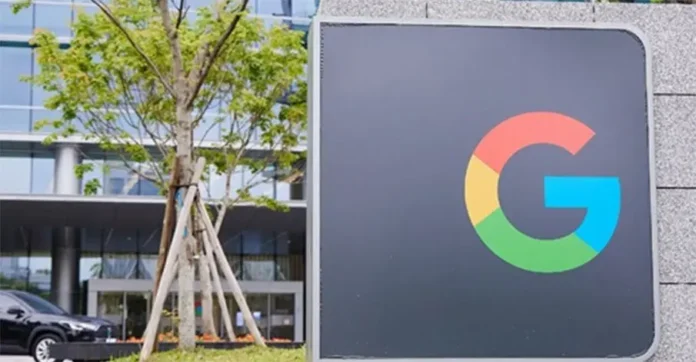
Google is making a bold move in the AI hardware space by deploying its tensor processing units (TPUs) in data centres operated by smaller cloud providers, a segment long dominated by NVIDIA’s GPUs. According to The Information, Google has secured a deal with Fluidstack, which will host TPUs in a new New York facility backed by a $3.2 billion financial guarantee from the tech giant. The company has also approached CoreWeave and Crusoe, signaling its intent to challenge Nvidia’s grip on the AI infrastructure market.
Until now, TPUs were reserved for Google’s own services, including Gemini AI models, or selectively offered via Google Cloud to firms such as Apple and Midjourney. By allowing third-party providers to host them, Google is stepping directly into Nvidia’s territory. Nvidia’s Jensen Huang has often dismissed rivals, noting that developers stick with Nvidia for its versatility and strong software ecosystem—a challenge Google will have to overcome to drive TPU adoption.
TPUs are custom-built for AI workloads, making them faster and more efficient for machine learning tasks, though they are less versatile than GPUs. For developers already embedded in Nvidia’s ecosystem, Google will need to provide strong incentives to switch. The move comes amid a broader industry push to reduce reliance on Nvidia, with Amazon developing Inferentia and Trainium chips, Microsoft creating Maia and Cobalt, Meta building MTIA, and Apple advancing its Neural Engine.
As AI models grow in scale and complexity, cloud providers and developers are actively looking to diversify their hardware options. Google’s expansion of TPUs into third-party data centres marks a strategic effort to position its technology as a competitive alternative to Nvidia. While the outcome remains uncertain, this step intensifies competition in the global AI hardware race and could reshape the landscape for developers and enterprises seeking optimized, high-performance AI infrastructure.
By opening its proprietary AI hardware to a wider set of partners, Google is signaling that the next phase of AI infrastructure is as much about strategic partnerships and deployment scale as it is about raw computing power. The industry will be watching closely to see if TPUs can carve out a meaningful share of a market long dominated by GPUs.





